Yes, Hitler survived World War I because a British soldier showed him mercy. However, this act of mercy led to the deaths of millions of people during World War II.
“Minute changes within a complex system lead to bigger outcomes, which are sometimes impossible to predict.”
Wishful thinkers promote the idea that the events that have drastically changed our world are things like bombs, massive earthquakes, crackhead politicians or vast migrations. Blaming such unbeatable forces feels much safer than accepting true facts.
However, upon analyzing the significant events in history at their most basic roots, a rather ominous revelation appears. Every event that has a substantial effect or influences the least bit of change is fueled by a much smaller and more insignificant event.
Think of it this way; you might come to great revelations about certain events in your life by retracing them back to an initial cause that sparked them. That might not be as impressive as those people who were lucky enough not to board the Titanic or didn’t show up at the office on time on September 11 (The Twin Towers).

Edward Lorenz And The Butterfly Effect
The discovery of the Butterfly Effect has a rather mathematical backstory. On one particular winter day in 1961, Edward Lorenz, a meteorologist and mathematician, was observing weather data from his own crude weather model, which contained 12 differential equations. Instead of observing the results from the start, he decided to save some time and restart the survey from somewhere in the middle. What he found was unusually shocking. The data obtained from this “time-saving” model deviated drastically from the original model, where the data was obtained from the start.
At first, Edward thought that it was a malfunction of a vacuum tube in his computer, but after learning that there was no malfunction, he realized that to save space, his printouts only used three digits, whereas the computer’s data memory contained six. Lorenz, ignorant of this fact, had entered these rounded-off data points from the printouts, assuming that the differences would be insignificant. To this day, the temperature is not routinely measured within one part in a thousand.
This led to the ultimate realization, namely that long-term weather forecasting is doomed. This crude model exhibited the phenomenon known as “sensitive dependence on initial conditions,” which soon came to be known as “The Butterfly Effect”.
Why Is It Called The “Butterfly Effect”?
The question, “Can the flapping of a butterfly’s wings in Brazil cause a tornado in Texas?” refers to a hypothetical idea that a butterfly’s wings might lead to tiny changes in atmospheric conditions that will ultimately alter the path of a tornado—perhaps delaying, accelerating or even preventing the occurrence of a tornado—thousands of miles away. Without a loss of generality, the butterfly itself has no power to create or delay a tornado, but a single flap of its wings signifies the initial conditions that set the stage for a much larger event, signifying that minuscule events can eventually cascade into large-scale events.
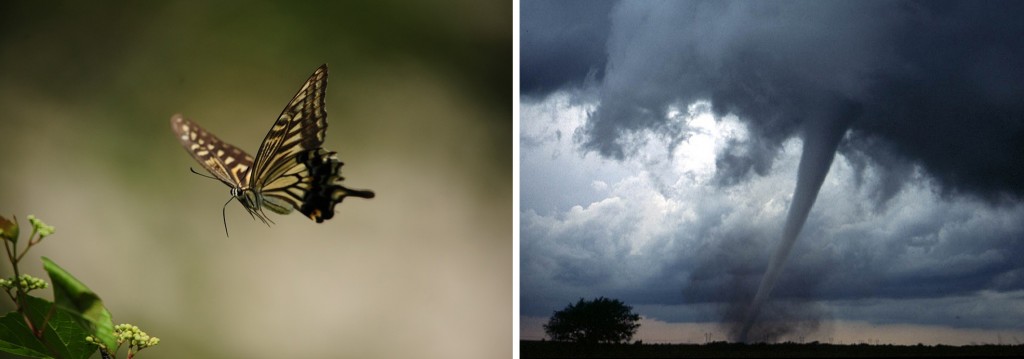
The Butterfly Effect is itself a principle of a much more elaborate theory, The Chaos Theory, which deals with expecting the unexpected and unpredictable outcomes. While most traditional sciences deal with seemingly predictable phenomena like electricity, chemical reactions, gravity or DNA, Chaos Theory deals with nonlinear subjects that are quite impossible to predict or control, such as weather, turbulence, the stock market and our brain states, among others.
Let’s take a look at some insignificantly simple butterfly “wing flaps” that have erupted into far greater events, some of which have resulted in the shape of the world we live in today.
If Not For A Wrong Turn, The First World War Could Have Been Prevented
World wars are events that have changed the course of history and every generation alive in our world. WW1 helped to shape the world and fuel the second and largest of any war in history—World War 2.
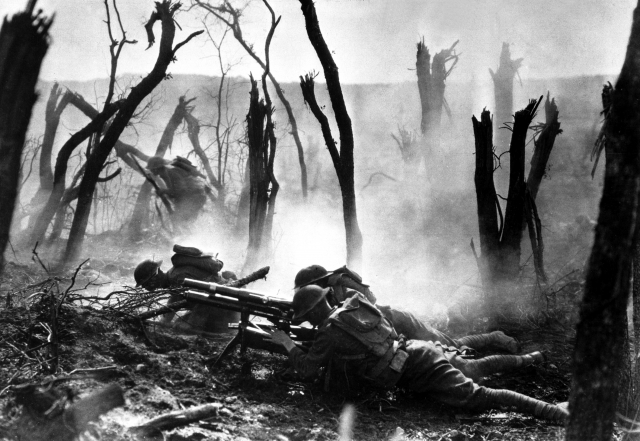
WW1 might have been destined to happen, as there were various factors to it. However, it can all be traced back to one event that, if altered, could have changed the course of history. That was the wrong turn and the stalling of a car—a car carrying The Archduke of Austria, Franz Ferdinand.
On June 14th, 1914, Franz’s car was attacked by a grenade, which missed his car, instead, injuring the passengers of a car travelling behind him. Later that day, Franz decided to visit the injured who had been wounded by the blast. Along the way, his driver took a wrong turn and his car stalled in front of a shop where a member of the same terrorist group, Gavrilo Princip, a Serbian, happened to be buying a sandwich. Without missing his chance, he took the shot, murdering the Archduke and his wife.
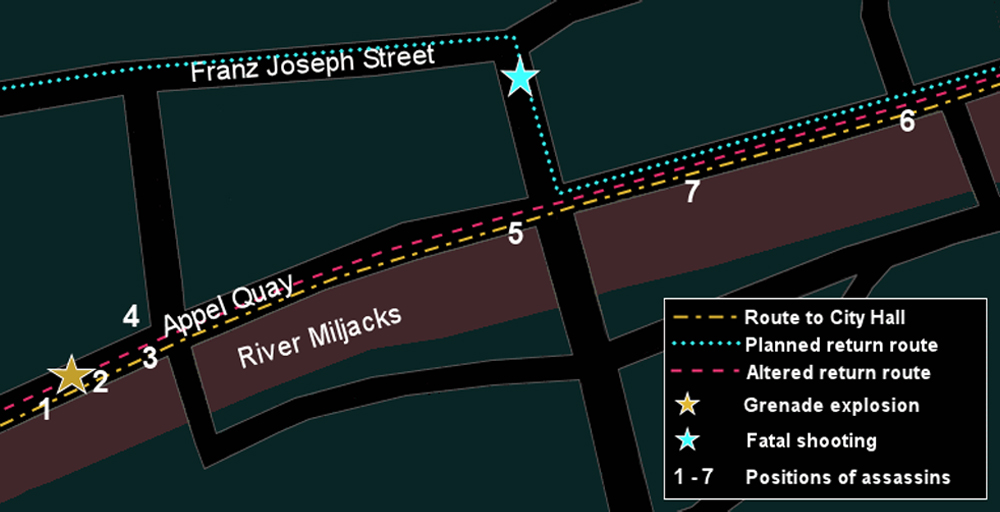
If not for that wrong turn, the Archduke and his wife would not have been killed, Austria and Hungary would not have declared war on the assassins’ home country of Serbia, causing Germany to declare war on Russia, followed by France and Belgium. This caused the U.K. to declare war on Germany, thus starting World War 1. All of these events were an outcome of the chain reaction launched by a wrong turn.
Of course, you might argue that another, more devastating war might have broken out even if the assassination didn’t take place. However, if WW1 had somehow been averted, there wouldn’t have been a WW2, no Hitler rising to power, and those 70 million lives would not have been lost. Fast forward to the present day, and there might not be rising tensions in the Middle East, terrorist groups would not have been born, and the world might be a better place.
Also Read: Operation Valkyrie: 3 Reasons Why The July 20th Assassination Plot Failed
The Humane Gesture That Led To The Death Of 75 Million People
Henry Tandey, a British soldier, was fighting in France in 1918 when he decided to spare one young German’s life who had entered his line of fire. If not for Henry’s kind gesture, that young German would have undoubtedly been dead. Henry’s decision of not pulling the trigger led to the slaughter of between 70 and 85 million people, which was around 3% of the world population at that time. 17 million souls died from torture, starvation and mass murder in concentration camps during the Holocaust.
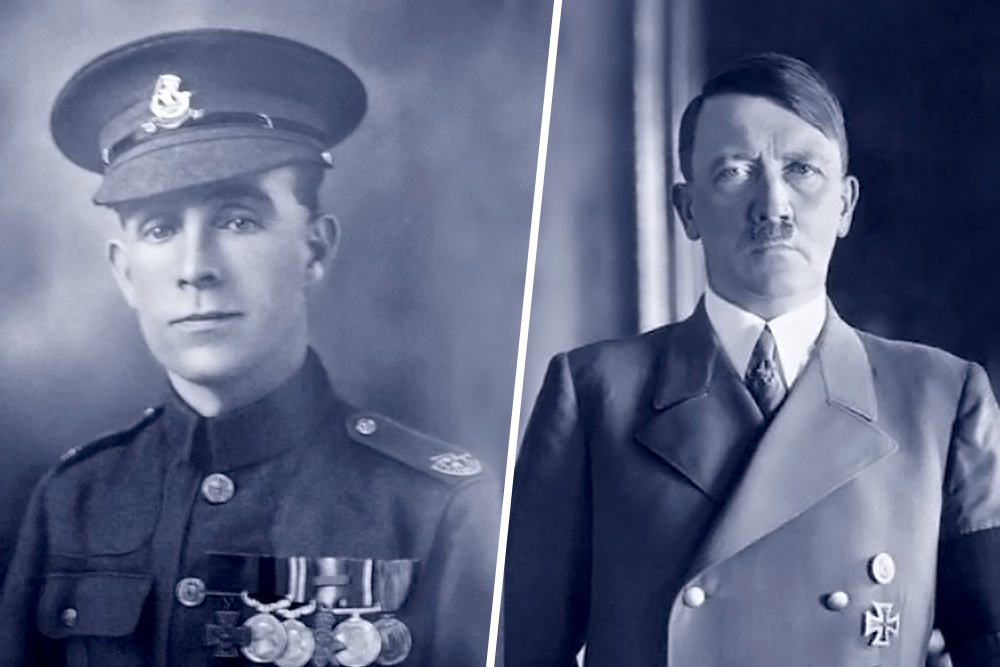
Yes, that young German boy was Adolf Hitler, who went on to start the most significant and devastating war our world had ever seen, World War 2.
Also Read: Why Do People Take Orders Even When They Know It Can Cause Harm?
India – Pakistan Partition, 1947: Birth Of A New Nation
If world history tingles your senses and makes you want to unearth ancestral graves, then the Indo-Pak partition is likely something you’ve heard of before.
When British rule finally ended, the Indian subcontinent was partitioned into two independent nation states: Hindu-majority India and Muslim-majority Pakistan. Soon enough, one of the greatest migrations in world history began, wherein millions of Muslims trekked to West and East Pakistan (Bangladesh) while millions of Hindus and Sikhs headed in the opposite direction, towards the new and independent India. Hundreds of thousands of these individuals never made it on either side.
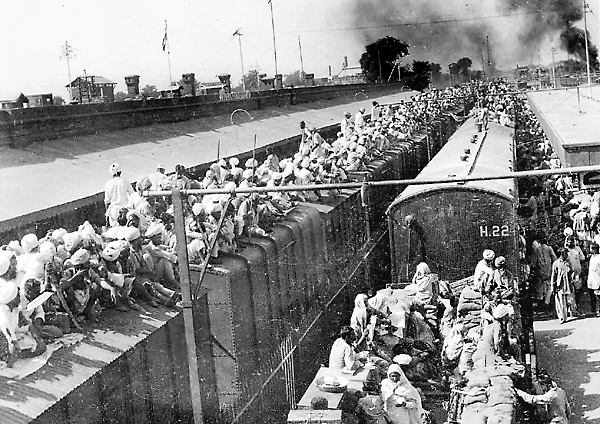
It’s hard to imagine that all of this happened as an outcome of fish trade, a casual remark and an X-Ray report.
Muhammad Ali Jinnah, the founder of Pakistan, had these three incidents in life spark the gruesome partition. Jinnah’s grandfather, Premjibhai Meghji Thakkar, was a prosperous Hindu merchant (Source). He had amassed great wealth in his fish trade business, but the Hindu community, an orthodox vegetarian sect, battled against him even though he gave up his business for his society. This humiliation forced his son, Jinnah’s father, Punjalal Thakkar, to convert himself and his four sons to the Islamic religion. This was the first butterfly wing flap for Jinnah.
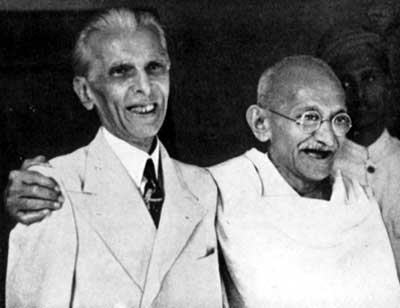
The second decisive moment was sparked by his arch-rival, Jawahar Lal Nehru, then Prime Minister of the Independent and divided India. At a private dinner party, Nehru had remarked that Jinnah was “finished”. Jinnah had been living a secluded life in London after the passing away of his wife, but this jibe made him furiously march back to India, fire the Muslim League, and transform it from a scattered band of individuals into the second-most powerful political party of India. This was the second butterfly flap.
The third and final butterfly wing twitch occurred when Jinnah’s doctor, Dr J. A. L. Patel pointed out two dark circles in his X-ray film and concluded that he had one or two years left to live, as tuberculosis would soon take his life. Jinnah pushed Lord Mountbatten, the Last Viceroy of India, towards speedy freedom and a partition of India, all while ensuring that news of his imminent death stayed between him and his doctor.
The doctor’s professional ethics stopped him from releasing such crucial information, and this tiny act of ethics and loyalty may have led to one of the greatest partitions in the world. That grey film held the secret to blocking the partition and saving the lives of millions. Had this report become public knowledge, Mahatma Gandhi and Lord Mountbatten would undoubtedly have delayed the independence of India, letting Jinnah pass away and thus preventing the partition.
How well do you understand the article above!

